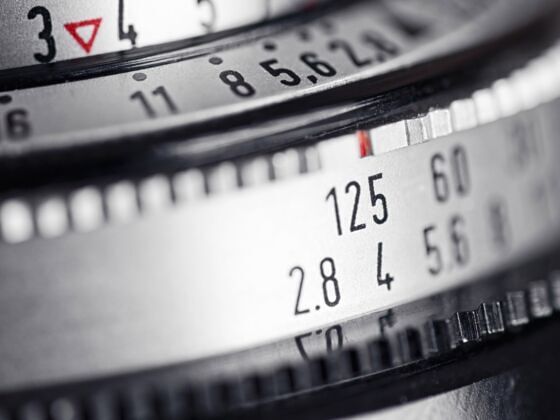As a professional photographer, I place very high demands on gear in terms of quality, flexibility and full features. Now with the new Micro Four Thirds system, it seems I can get 95% of those things with only half the size and weight of an average DSLR camera.
Here are a few facts to know about Micro Four Thirds cameras.
